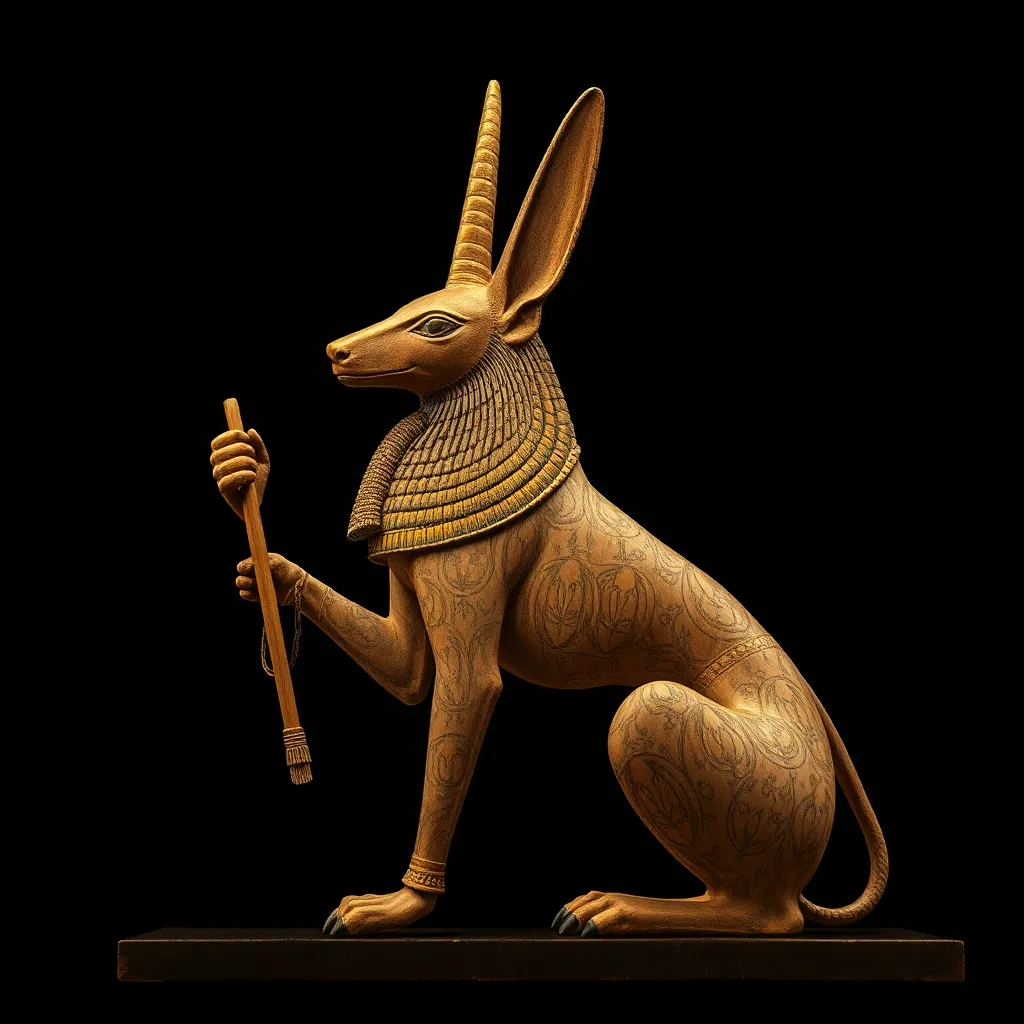The “Wild Man” of Europe: Tales from the Balkans to the Pyrenees
I. Introduction
The “Wild Man” archetype is a fascinating figure found in various European cultures, representing a blend of humanity and nature. Typically depicted as a hairy, uncivilized man living in the wilderness, this character symbolizes the untamed aspects of human existence and the profound connection to nature.
Across Europe, the Wild Man has served as a powerful cultural symbol, inspiring stories, art, and traditions. From the deep forests of the Balkans to the rugged landscapes of the Pyrenees, the legends of the Wild Man reflect the values, fears, and dreams of the societies that created them.
This article will explore the historical, cultural, and modern significance of the Wild Man figure across Europe, examining its various representations and the enduring legacy these tales hold today.
II. Historical Context of the Wild Man Legend
The origins of the Wild Man legend can be traced back to ancient folklore and mythology, where he often appeared as a representation of the primal aspects of humanity. In many tales, the Wild Man embodies the struggle between civilization and nature, reflecting humanity’s fears and desires.
Over the ages, the Wild Man has evolved from a fearsome creature to a more nuanced figure, sometimes depicted as a protector of nature and other times as a threat to societal norms. This evolution highlights the changing perceptions of wildness and civilization throughout history.
Interestingly, the Wild Man is not unique to Europe. Similar figures can be found in various cultures worldwide, such as the Sasquatch in North America or the Yeti in the Himalayas. These parallels illustrate a universal fascination with the concept of the wild and the unknown.
III. The Wild Man in the Balkans
In the Balkans, the Wild Man is often referred to as “Vukodlak” or “Krsnik,” with regional variations that reflect local beliefs and traditions. These figures are deeply embedded in the folklore of the region, often depicted as guardians of the wilderness.
Notable tales include the story of the “Wild Man of the Woods,” who assists lost travelers or punishes those who disrespect nature. Such legends emphasize the connection between humans and the natural world, illustrating how the Wild Man serves as a mediator between civilization and the wild.
The cultural implications of these tales are profound, as they reinforce the importance of respecting nature and the wilderness. The Wild Man in the Balkans symbolizes not only human fears of the wild but also the reverence for nature and its untamed beauty.
IV. The Wild Man in Central Europe
In Central Europe, particularly in Germanic folklore, the Wild Man, or “Waldmann,” is often portrayed as a powerful and fearsome figure. These legends frequently depict the Wild Man as a figure of strength and wisdom, living harmoniously in the forest.
The influence of the Wild Man extends beyond folklore into art and literature. Medieval manuscripts often featured illustrations of the Wild Man, symbolizing the wild aspects of nature. Renowned artists like Albrecht Dürer depicted similar figures in their works, emphasizing the Wild Man’s connection to the natural world.
Local interpretations of the Wild Man vary, with some regions portraying him as a benevolent figure, while others depict him as a menacing threat. These variations reflect the diverse cultural landscapes of Central Europe and the evolving nature of the Wild Man legend.
V. The Wild Man in the Pyrenees
The Pyrenean Wild Man, known as “Homme Sauvage,” has unique characteristics that distinguish him from his counterparts in other regions. Often depicted as a hairy, ape-like creature, he embodies the rugged spirit of the mountains.
Local myths surrounding the Pyrenean Wild Man often connect to the region’s history and the struggles of its inhabitants. Tales of the Wild Man emphasize themes of survival, resilience, and the relationship between humans and the harsh mountain environment.
Moreover, the Wild Man in the Pyrenees serves as a symbol of mountain spirituality, representing the untamed spirit of nature and the mysteries hidden within the mountains. He is seen as a guardian of the landscape, embodying the connection between humanity and the wild, untamed world.
VI. The Wild Man in Modern Culture
In contemporary literature and media, the Wild Man has undergone various reinterpretations. He is often portrayed as a misunderstood creature, symbolizing the conflict between modern civilization and the natural world. Works of fiction, films, and even advertisements have utilized the Wild Man archetype to evoke themes of environmentalism and the celebration of nature.
The Wild Man has also become an environmental symbol, representing the need to protect the wilderness and acknowledge humanity’s connection to the earth. As climate change and environmental degradation become pressing issues, the Wild Man figure resonates with modern audiences, serving as a reminder of the importance of preserving our natural heritage.
Moreover, the influence of the Wild Man has permeated modern folklore and tourism, with various regions capitalizing on these legends to attract visitors. Festivals, reenactments, and local crafts often draw inspiration from the Wild Man, creating a vibrant cultural landscape that connects the past with the present.
VII. Comparative Analysis of Wild Man Legends
Across Europe, Wild Man legends share striking similarities and notable differences. Common themes include the tension between civilization and nature, the embodiment of primal instincts, and the exploration of human fears and desires.
Despite regional variations, the Wild Man often serves as a reflection of societal values and cultural identity. For instance:
- In the Balkans: The Wild Man emphasizes respect for nature and the consequences of hubris.
- In Central Europe: The Wild Man represents strength and wisdom, often serving as a protector of the forest.
- In the Pyrenees: The Wild Man symbolizes the spiritual connection to the mountains and the untamed spirit of nature.
These thematic connections reveal the enduring fascination with the Wild Man archetype and its ability to resonate across cultures, reflecting the complex relationship between humanity and the natural world.
VIII. Conclusion
In summary, the Wild Man of Europe is a rich and multifaceted figure, deeply woven into the cultural fabric of various regions. From the Balkans to the Pyrenees, these legends reflect humanity’s ongoing struggle to balance civilization with the untamed aspects of nature.
The enduring legacy of the Wild Man in European culture speaks to the universal themes of wildness, freedom, and the intrinsic connection to the natural world. As we navigate the complexities of modern life, these tales remind us of the importance of respecting and nurturing our environment.
Ultimately, the significance of the Wild Man legends today lies in their ability to inspire reflection on our relationship with nature and the wildness that resides within us all.



